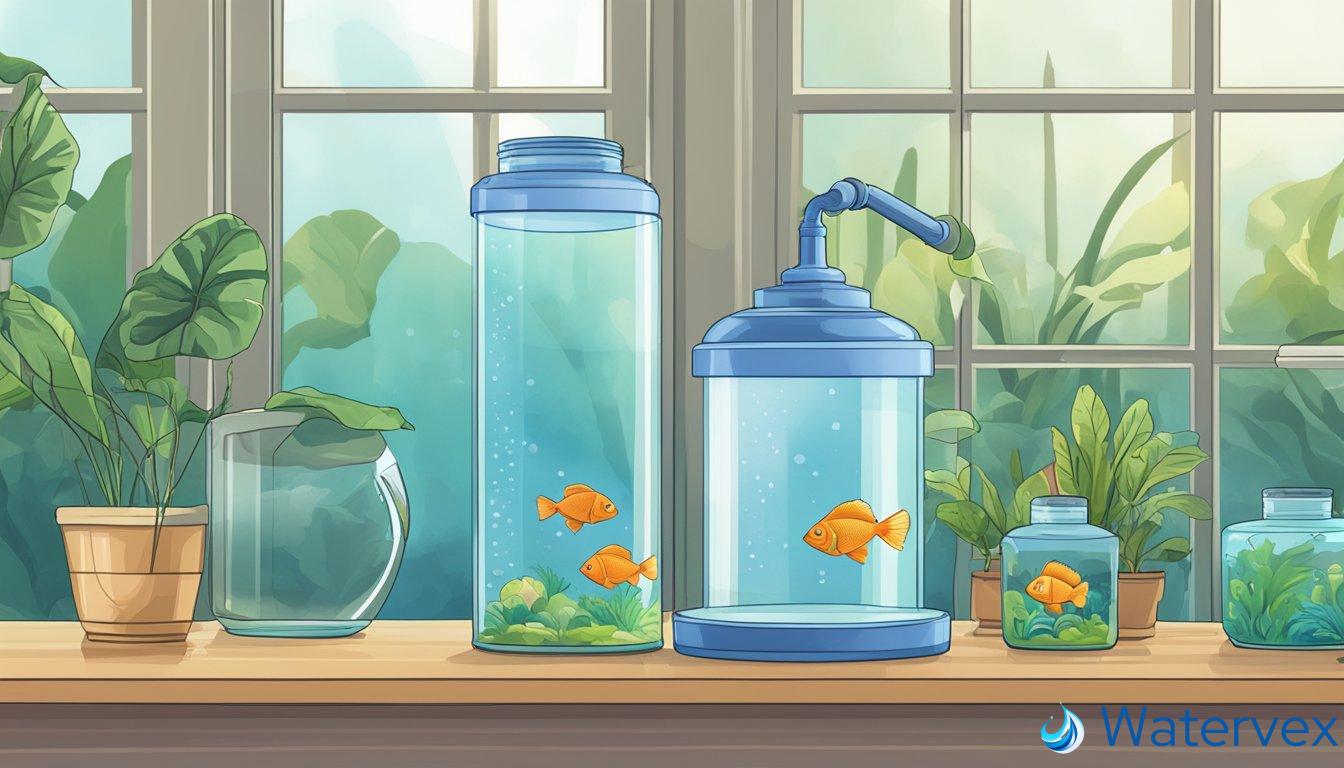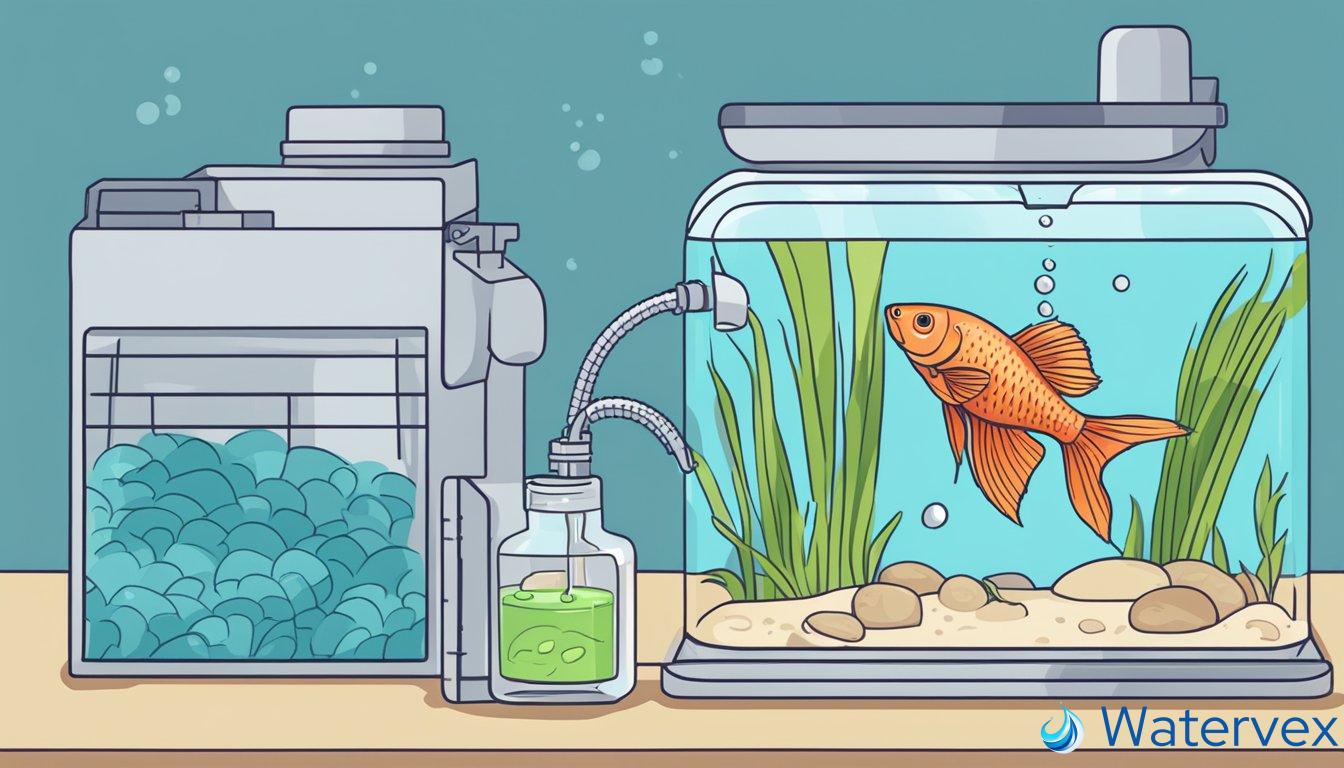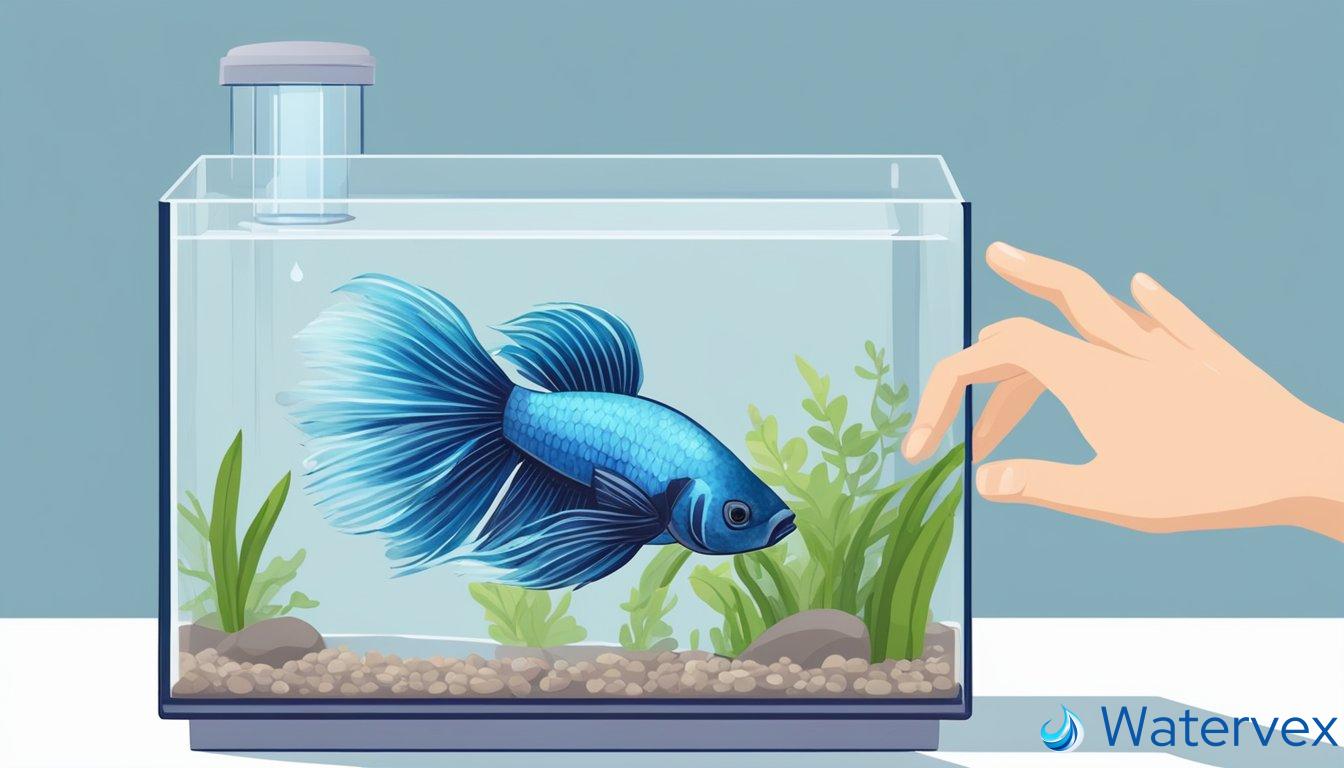When setting up an aquarium for betta fish, one of the crucial steps is conditioning the water to make it safe for your new pet. Using a water conditioner is essential, as tap water contains chlorine, chloramines, and heavy metals that can harm your betta. However, knowing the appropriate wait time after adding the water conditioner before introducing your fish to the tank is just as important to ensure their health and safety. This is often a source of confusion and concern for new aquarium enthusiasts.

The wait time after adding water conditioner varies depending on the product instructions and the specific needs of your betta fish. Generally, experts recommend waiting at least 24 hours after treating the water to allow the conditioner to thoroughly neutralize harmful chemicals. Yet, some conditioners act more quickly, allowing for a faster addition. It’s vital to read the instructions on your water conditioner carefully and consider the advice from reliable pet store experts or other seasoned betta owners. Monitoring the water quality with proper tests after adding the conditioner can confirm that the environment is safe for your betta fish.
Key Takeaways
- Ensure the water is conditioned before adding betta to remove harmful tap water contents.
- Consult product guidelines and experts to determine specific conditioner wait times.
- Monitor your tank’s water quality post conditioning before introducing your betta.
Understanding Water Conditioners
When you’re looking to make tap water safe for your betta fish, understanding the role and function of water conditioners is critical to maintaining a healthy environment. Let’s delve right in.
Effectiveness of Water Conditioners
Water conditioners play a pivotal role in transforming your tap water into a safe habitat for betta fish by neutralizing harmful chemicals. Chlorine and chloramine, common tap water additives, can cause stress and potentially harmful effects on the delicate slime coat of fish, leading to diseases. Conditioners work swiftly to detoxify these substances. Moreover, they often contain ingredients like aloe vera, which help in the regeneration of the slime coat, and enhance the slime coat directly—a double layer of defense.
Consider the Tetra BettaSafe Water Conditioner; not only does it neutralize chlorine and chloramine, but it also detoxifies heavy metals and replenishes essential minerals. This combination supports the overall health and functioning of your betta by maintaining optimal water parameters and supporting beneficial bacteria growth, vital for a robust biological filter.
Choosing the Right Conditioner
When selecting a water conditioner, it’s essential to get the dosage correct to avoid causing more harm than good. Start by considering the conditioner’s composition. Does it contain elements to promote the slime coat or aloe vera for healing? Or does it focus on detoxifying heavy metals?
To ensure you’re using the product effectively, measure the exact amount of conditioner needed for your tank size—overdosing could lead to unexpected changes in water parameters. Take into account the ingredients of the product and check product reviews to understand how it has impacted other tanks. A conditioner that also contributes to stress coat development can be particularly beneficial for reducing stress in betta fish, often evidenced by improved behavior and vitality.
Always remember, when caring for your betta, that a reliable conditioner is a cornerstone of creating a low-stress, nourishing environment that curbs the onset of toxins and diseases.
Setting Up Betta Fish Tanks

When setting up a betta fish tank, it’s critical to focus on the process: preparing the tank and maintaining water quality. Ensuring the correct steps are followed establishes a safe environment for betta fish health and longevity.
Getting the Tank Ready
First, choose the right tank size; betta fish require enough space to swim and thrive, with a recommended minimum of a 5-gallon tank. Include a thermometer and a heater to maintain a stable temperature between 76°F and 80°F, as betta fish are sensitive to temperature fluctuations.
Decorations and gravel serve more than aesthetic purposes—they also help emulate your betta’s natural environment. Place live plants and smooth decorations that allow your betta to hide, explore, and rest. When adding gravel, make sure it’s rinsed thoroughly.
Maintaining Water Quality
After physically preparing your tank, it’s time to delve into the chemistry of betta fish water. Utilize water test strips to monitor pH levels, ammonia, nitrites, and nitrates. It’s vital to stabilize these parameters before introducing your betta to their new home.
Cycling the tank is essential for cultivating beneficial bacteria that will process harmful nitrogen compounds from fish waste. This process can take up to several weeks, but it’s crucial for water quality and your betta’s health.
Filtration is another component: select a filter that is appropriate for your tank size without creating too strong of a current, as bettas prefer calmer waters. Replace the filter media as instructed, but never all at once, as this may disrupt the nitrogen cycle.
Once your tank is set up, regular maintenance includes partial water changes, using a gravel vacuum for cleaning, and adjusting your schedule to keep the tank pristine. Always test the water parameters after each clean and stir the water to oxygenate it properly.
By adhering to this guidance, you’re creating a stable and healthy environment, which is key after introducing betta water conditioner. Remember, you must usually wait at least 24 hours after using conditioner before adding your fish, to ensure the water chemistry is safe and stable.
Acclimating Betta Fish to Treated Water

When your betta fish is set to move into treated water, the transition must be gradual to prevent shock. Consider the water’s chemistry and temperature as key factors in this delicate process.
Signs of Safe Water
Firstly, check the water parameters to ensure they are within the safe range for your betta. The pH level should be close to neutral, around 7.0, and ammonia should be virtually undetectable. For the temperature, mimic their native habitat: a warm range between 78-80 degrees Fahrenheit is ideal. Monitoring tools will help you keep these conditions stable.
Next, challenge the patience. Even after treating the water with a conditioner — which typically works quickly to neutralize harmful chemicals like chlorine — it’s wise to wait. Some conditioners suggest adding your betta almost immediately, while others recommend a full 24-hour period before introduction. This waiting time allows the conditioner to fully integrate and detoxify the water. Remember, a rush can lead to stress or illness.
Introducing Betta to the Aquarium
Move forward by introducing your betta to the treated aquarium water slowly. Begin with the fish still in its transport bag. Let the bag float in the tank to align the water temperature between the two. After about 15 minutes, gradually add small amounts of tank water to the bag every 15 minutes over the course of an hour. This methodical approach lets your betta acclimate to new water parameters and flow rates without undue stress.
Once their new home meets their needs, a fish net can be used to transfer the betta from the bag to the tank. Take extra care to avoid injury during this step. With your betta swimming in the treated water, provide them with familiar betta fish food like brine shrimp or bloodworms to help them settle in their new environment. The well-being of your Siamese fighting fish during this period hinges on diligent attention to their acclimation process.

